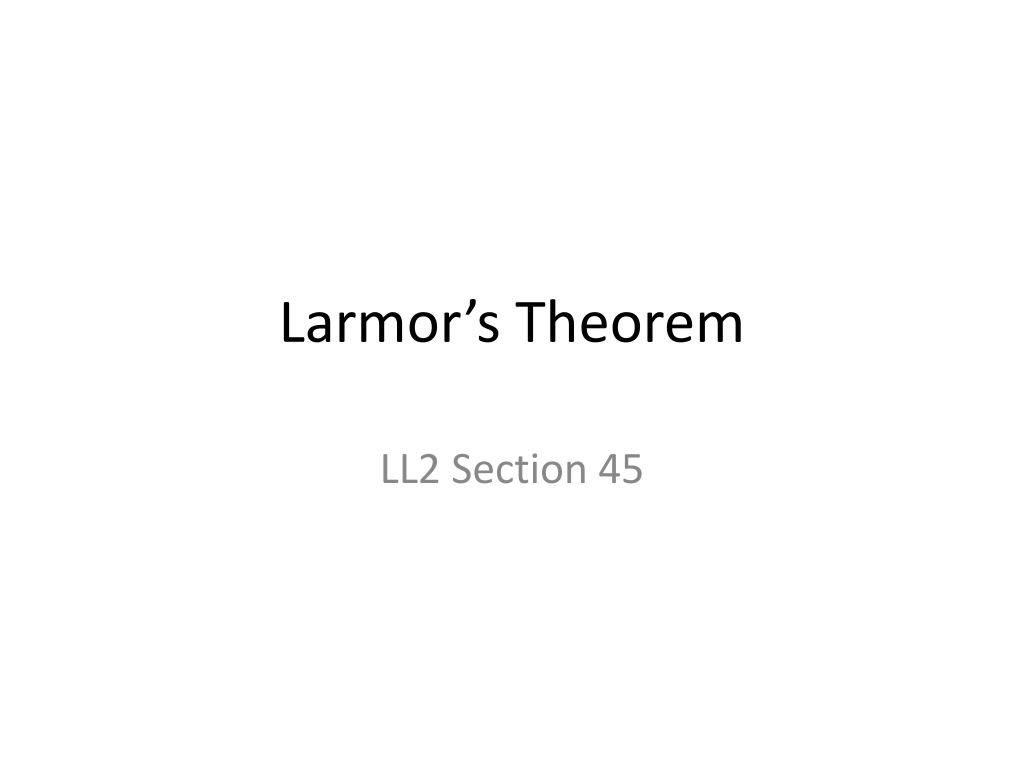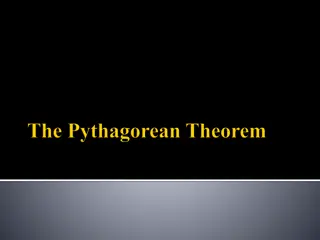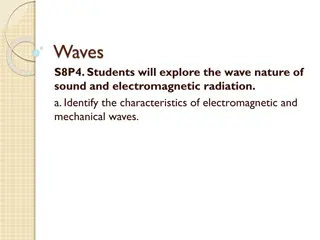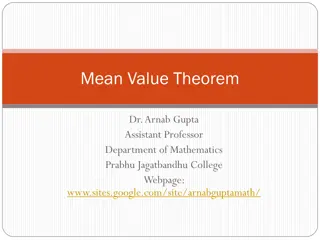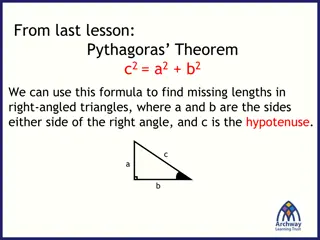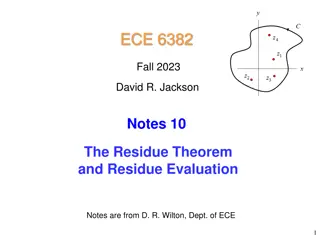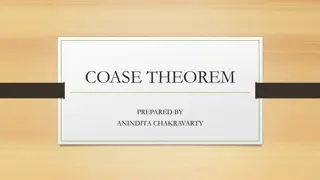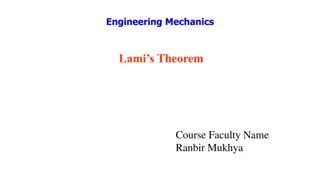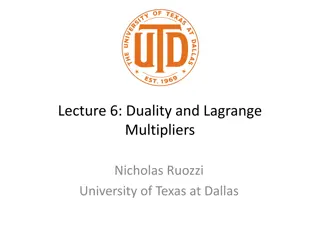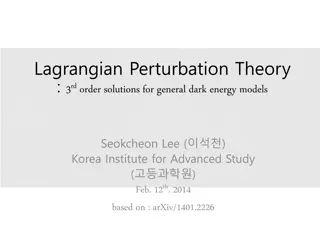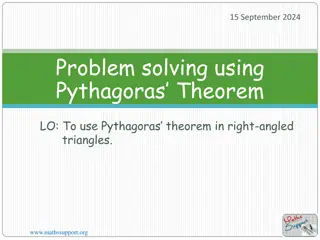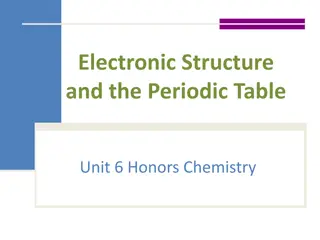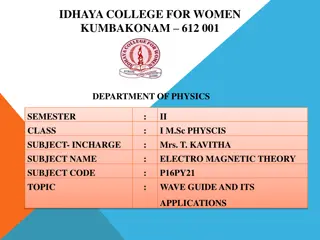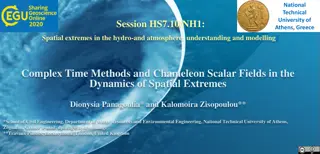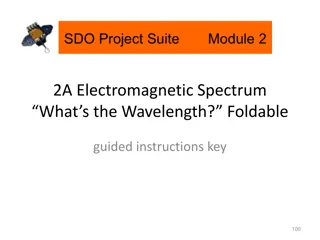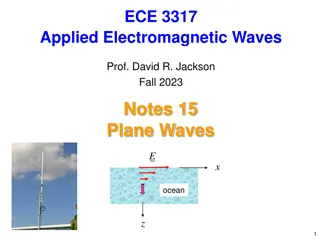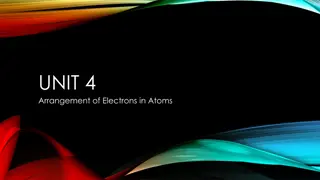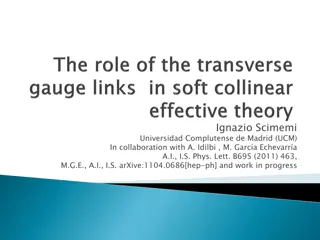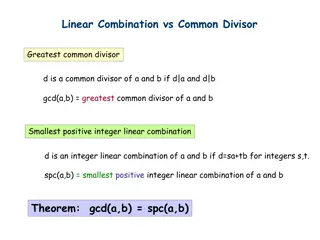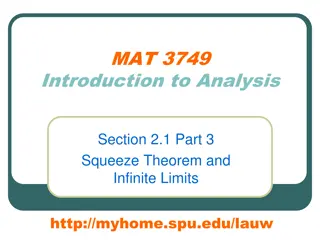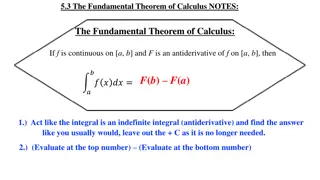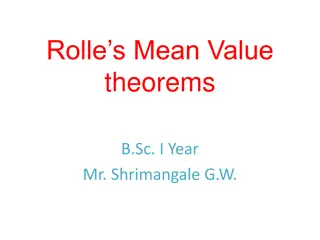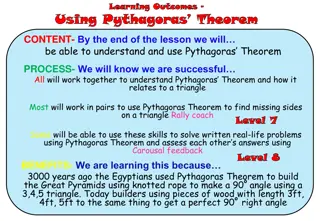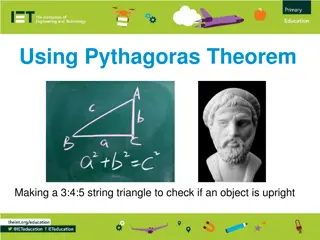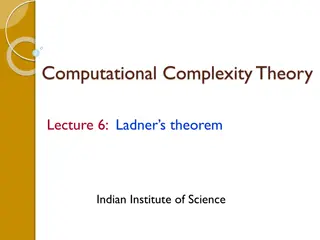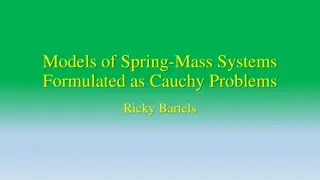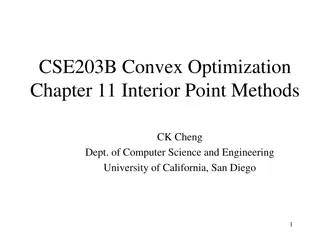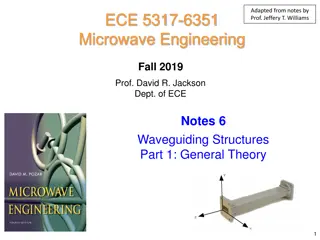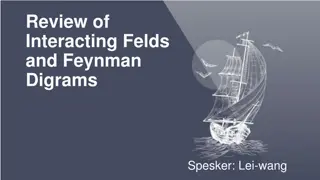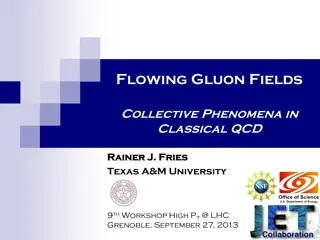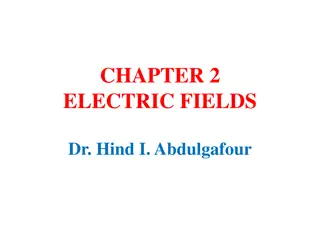Understanding Larmor's Theorem and Lagrangian Formulation in Electromagnetic Fields
Explore Larmor's Theorem, time-averaged forces, torques, and Lagrangian formulations for systems of charges in electromagnetic fields. Dive into the comparison with electric dipoles, transformation to rotating frames, and Lagrangian analysis for closed systems with finite motions. Uncover the intricate relationships between external constant H-fields, electric charges, and particle dynamics in varying reference frames.
Download Presentation

Please find below an Image/Link to download the presentation.
The content on the website is provided AS IS for your information and personal use only. It may not be sold, licensed, or shared on other websites without obtaining consent from the author. Download presentation by click this link. If you encounter any issues during the download, it is possible that the publisher has removed the file from their server.
E N D
Presentation Transcript
Larmors Theorem LL2 Section 45
System of charges, finite motion, external constant H-field Time average force Time average of time derivative of quantity with finite variations
Time averaged torque Time average of time derivative of quantity with finite variations
Lagrangian for charge in a given electro-magnetic field If no external electric field. Free particle term Lagrangian for system of charges in an external constant uniform H-field Extra term due to external H- field, For closed system
(19.4) for uniform H-field Compare
Centrally symmetric electric field. System of charges, finite motion, v<<c, e.g. electrons of atom No magnetic field. Transform to rotating reference frame - x r r Velocity in lab frame Velocity in rotating frame Suppose v = 0, Then v = - x r
Lagrangian of system of charges in lab frame L = mv 2 - U U is a function of the distances from the ea to Q and of the distances between the ea. This function is unchanged by the transform to the rotating frame. Lagrangian of system of charges in rotating frame and without an applied magnetic field
Assume e/m is the same for all particles, e.g. electrons of an atom. And choose Neglect for small H
- U Same as the Lagrangian for chargres in an external constant uniform H-field, but it appears just because of a particular choice of . Lagrangian for closed system when v<<c
System of charges, Non-relativistic, Same e/m, Finite motion, Central E-field Larmor Theorem: Same system without an H-field, but now coordinates rotating at = eH/2mc = Larmor frequency System of identical chargres in a weak applied magnetic field H and centrally symmetric E-field, Coordinates not rotating These two problems have the same Lagrangian, and hence the same equations of motion.
For sufficiently weak H, = eH/2mc is much smaller than the frequencies of finite motion for the charges. Then, average quantities describing the system over times t << 2 / = Larmor period Averaged quantities will vary slowly with time at frequency .
Time averaged angular momentum <M>t torque If e/m is the same for all particles, m = eM/2mc (44.5) Larmor precession: <M> and <m> rotate around H Without changing |M|
